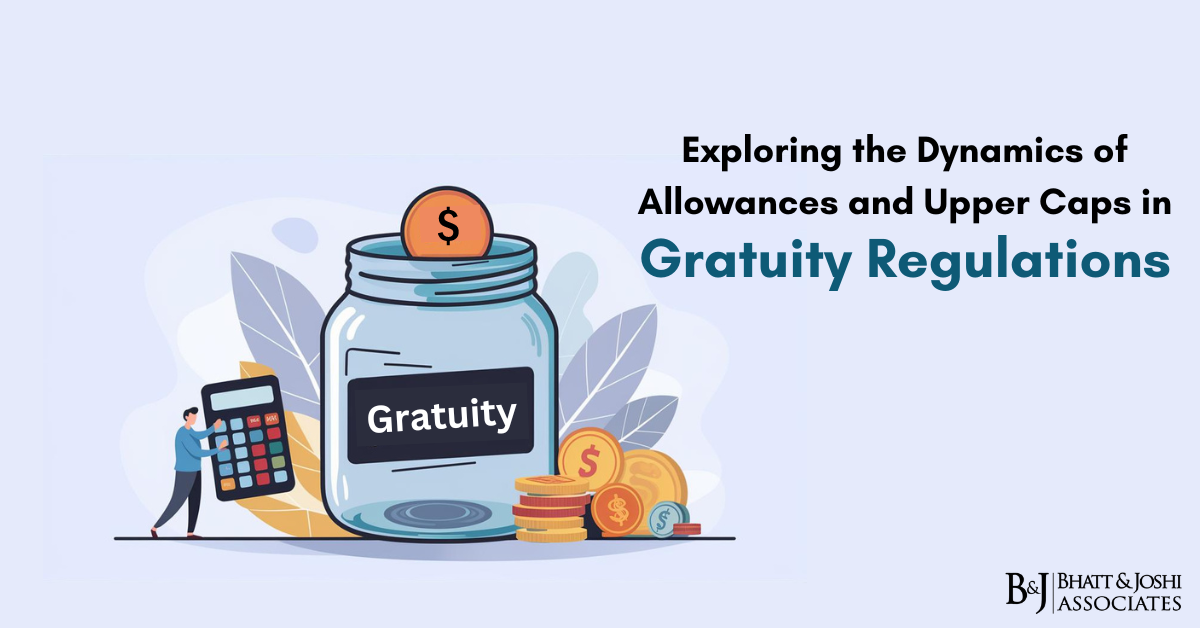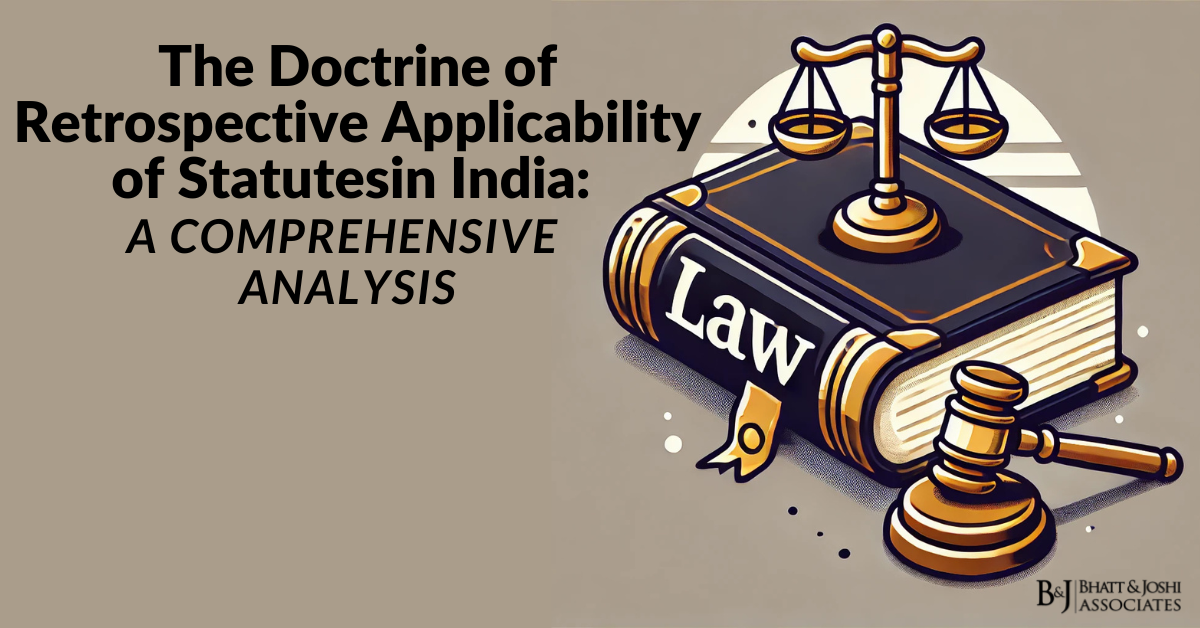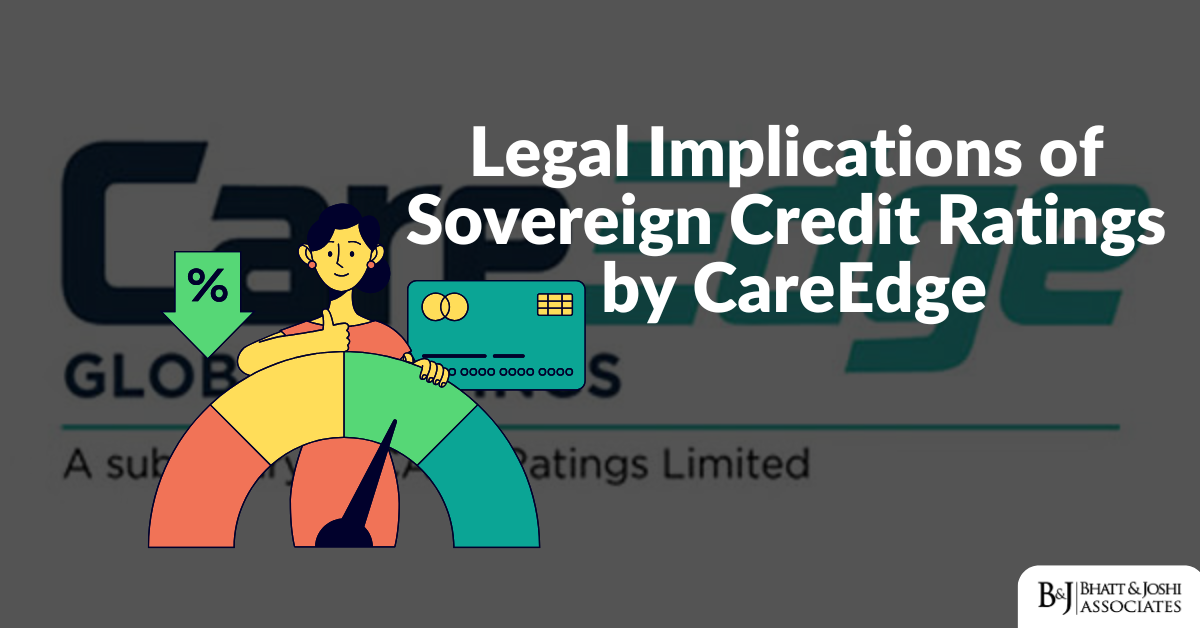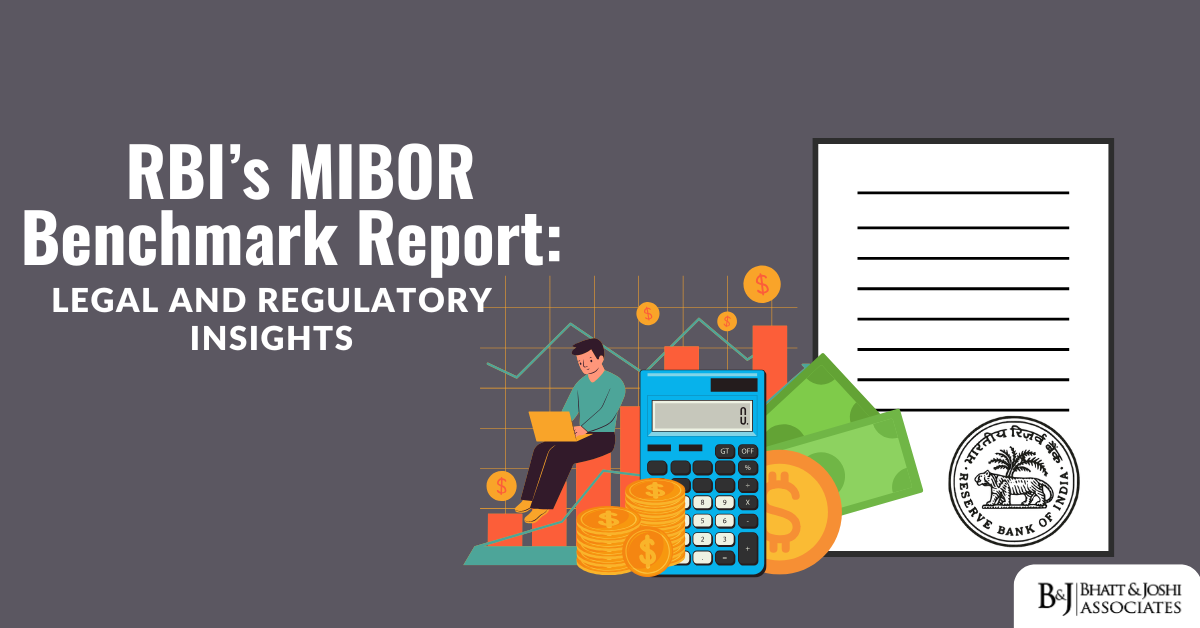Introduction
The Payment of Gratuity Act, 1972, plays a pivotal role in ensuring fair compensation for employees upon their retirement or resignation. However, the interpretation of certain provisions, particularly regarding the inclusion of allowances and the imposition of upper caps in Gratuity Calculations, has sparked debates and legal challenges. This article delves into the nuances of these issues, examining judicial precedents, regulatory frameworks, and recent developments.
Understanding “Wages” in Gratuity Calculations
The definition of “wages” under Section 2(s) of the Payment of Gratuity Act, 1972, has been a subject of contention and interpretation. While the Act explicitly includes basic wages and dearness allowance, the inclusion of “any other allowances” has led to ambiguity. Judicial pronouncements, notably the Supreme Court’s ruling in Straw Board Mfg. Co Ltd vs The Workmen, have clarified that wages comprise basic wages and dearness allowance, excluding other allowances.
Judicial Precedents and Clarifications on Gratuity Calculations
Various court rulings have provided insights into the scope of “wages” for gratuity calculations. The Bombay High Court’s decision in Mineral Exploration Corporation Ltd. v. P. Nagendrakumar highlighted that certain allowances, such as conveyance allowance and fixed personal allowance, fall outside the purview of wages under the Act. Similarly, the Allahabad High Court emphasized that interim relief cannot be excluded from wages, drawing parallels with dearness allowance.
Comparison with Provident Fund Regulations
The exclusion of bonus from the definition of wages under the Gratuity Act aligns with similar provisions in the Employees’ Provident Funds and Miscellaneous Provisions Act. The Supreme Court’s ruling in TI Cycles v. MK Gurumani elucidated the consistent interpretation of excluding bonus from emoluments for both provident fund contributions and gratuity calculations.
Implications of Upper Caps on Gratuity
While the Gratuity Act stipulates a maximum limit on gratuity payments, certain regulations or handbooks may impose additional caps. The Bombay High Court’s decision in Vidarbha Konkan Gramin Bank v. The Appellate Authority addressed the interplay between the Act and bank regulations. It emphasized that gratuity should be paid according to whichever provision—Act, regulation, or handbook—offers a higher amount.
Recent Developments and Regulatory Compliance
With the recent amendment capping the maximum gratuity at ₹20 lakhs, regulatory frameworks must align with this statutory change. Any regulations or handbooks incorporating the “whichever is higher” provision must adhere to the updated statutory limit to ensure compliance and fairness in gratuity disbursements.
Conclusion: Ensuring Regulatory Compliance in Gratuity Calculations
The interpretation of allowances and upper caps in gratuity calculations involves complex legal considerations and judicial interpretations. While the Act provides a framework for determining gratuity payments, court rulings and regulatory provisions play a crucial role in clarifying ambiguities and ensuring consistency. Employers and employees alike must navigate these intricacies to uphold the principles of fairness and equity in gratuity entitlements.














